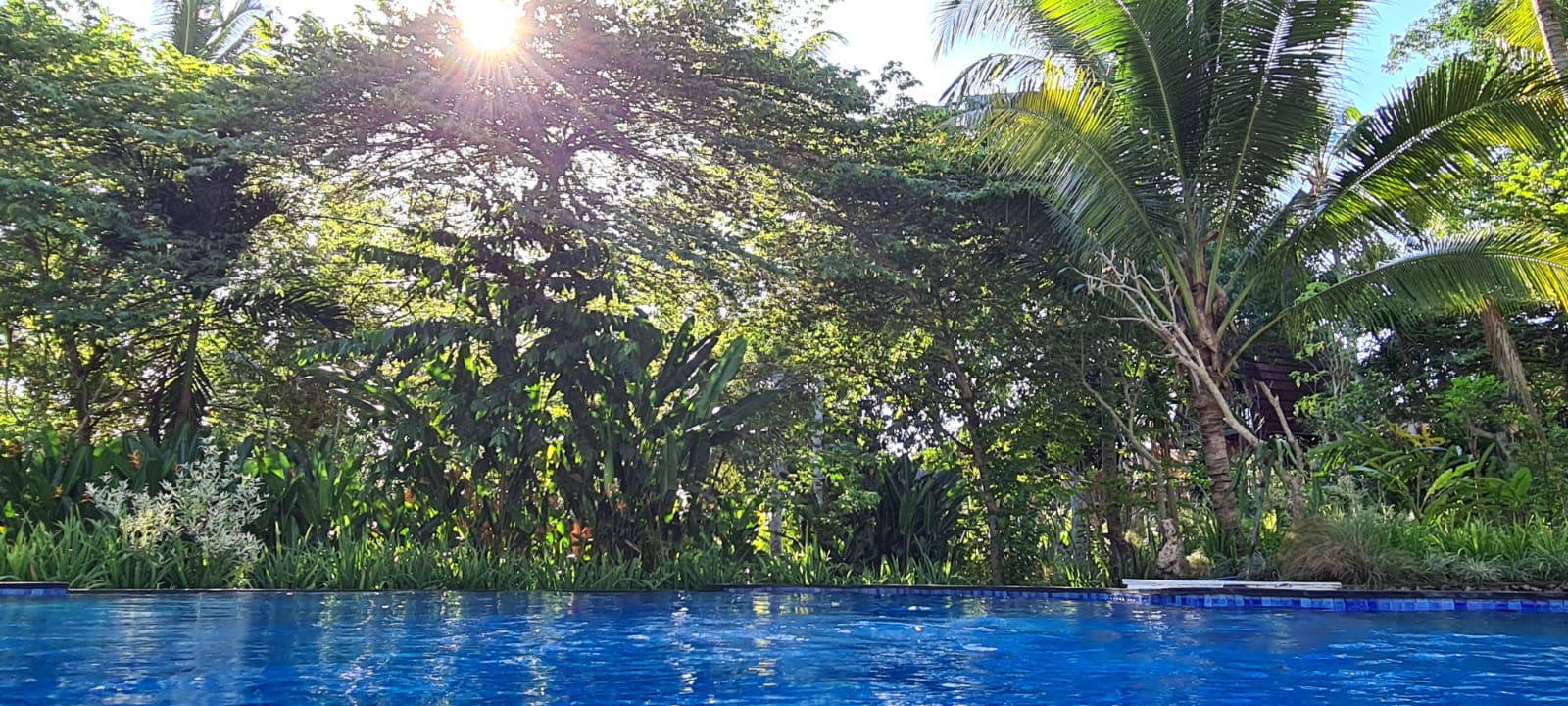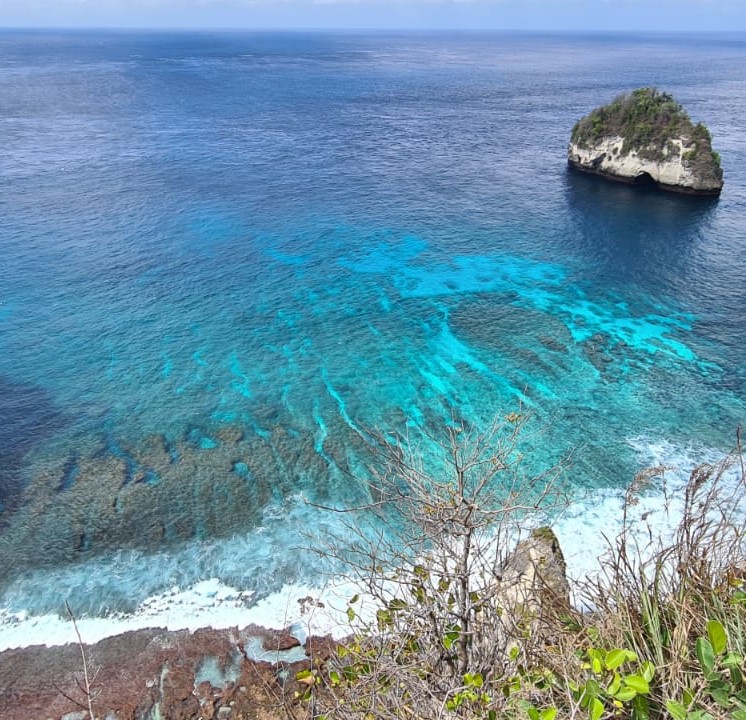Water is an indispensable resource. How important is water, and how can we protect it?
Did you know? There is a consensus that people can survive about three days without water, with estimates usually ranging from two days to a week, depending on how strong the body is or what the average outside temperature is during the day. Survival guides that few of you may have gone through often refer to the ‘rule of 3’, which states that a person can live for three minutes without air (oxygen), three days without water, and three weeks without food.
According to pretty recent studies, the decline of biodiversity threatens the species and population of this planet. Biodiversity loss is one of the biggest ecological challenges globally, driven by complex factors such as habitat loss, climate change, pollution, and overexploitation of natural resources. According to the United Nations’ 2020 Global Biodiversity Outlook 5, one million species are threatened with extinction, many of which are at risk of extinction within decades.

According to the IUCN Red List of Threatened Species (The International Union for Conservation of Nature Red List), about 25% of species are threatened with extinction.
The main driver of biodiversity decline is the destruction of habitats, particularly freshwater ecosystems, forests, and coral reefs, which play a key role in maintaining the global ecological balance.
Water scarcity is a driving factor in biodiversity loss, especially in aquatic ecosystems and wetlands. Also, the lack of water will lead to risks regarding food security. According to some statistics, we draw attention to some very relevant aspects:
- 3 billion people live in regions affected by water scarcity, and aquatic ecosystems are significantly affected, especially in semi-arid and arid areas.
- More than 70% of freshwater species have suffered significant declines in the last 50 years due to pollution and lack of drinking water.
- 90% of large fish species are now threatened in many freshwater systems due to habitat loss and pollution, and the decreasing availability of freshwater resources exacerbates this decline.
- Water scarcity significantly impacts food production, given that 70% of global freshwater is used in agriculture.
- According to the FAO Report 2021, 2/3 of the global population could suffer from water scarcity by 2025, significantly impacting global food security, especially in the most vulnerable areas. And yet, we are here in 2025, and we already see this happening.
What are the short-term trends in water and biodiversity protection?
In the short term, and here we are looking for 2-5 years, it is estimated that key trends in the field of water and nature will include:
- Increasing awareness and action for water management and protection, with an increased focus on reducing water consumption at an economic level and making consumption more efficient at the level of other sectors.
- Promoting nature-based solutions for water management, such as restoring wetlands, forests, and other natural ecosystems that contribute to water retention and purification.
- Advances in water conservation technologies, including efficient irrigation techniques and wastewater recycling.
- Implement circular economy principles in the water sector to reduce waste and increase the sustainable use of water resources.
- Innovative technologies in solving ARGs issues (antibiotic resistance genes). Bacterial antibiotic resistance has emerged as a significant public health problem recently. The accumulation of antibiotics in the environment, including in wastewater and drinking water, can negatively affect humans and other organisms and leave species. Conventional water treatments are ineffective in promoting the complete elimination of antibiotics and bacteria, mainly in removing ARGs. Many water management companies handle difficult issues in handling this aspect in a correct manner
“We forget that the water cycle and the life cycle are one.” — Jacques Cousteau
What are the long-term trends in water and biodiversity protection?
If we think about a 10-15-year horizon, the main directions in the field of water and biodiversity will include:
- Adaptation to climate change, considering the increase in the frequency of extreme weather events (droughts, floods) that will affect the available water resources and implicitly their treatment, with a special emphasis on efforts on drinking water for the population.
- Development of innovative technologies for water management and conservation. The increase in global water demand, estimated at 55% by 2050, will require the development of new solutions for water management
- Smart water management systems, which use technologies such as the Internet of Things (IoT) and artificial intelligence (AI) to monitor and optimize water consumption in real time.
- Scaling up nature-based solutions for water management in cities and rural areas, including green infrastructure and the restoration of aquatic ecosystems.


Corporate interest in water and biodiversity protection technologies is increasing significantly due to the risks associated with water scarcity, regulatory pressures, and financial risks related to the impacts associated with unsustainable water use. Investments are going towards technologies such as water recycling or reuse and efficient irrigation systems, and in some geographical areas, they are going to increasingly apply desalination solutions. The long-term benefits are evident, such as reducing operational costs, improving the resilience of supply chains, and strengthening the company’s image, essential for meeting consumer demands and complying with regulations and sustainability norms.
Moreover, in many countries, companies are increasingly investing in water-related risk management, essential for business continuity and minimizing environmental impact.
Looking to the future in the current climate change context, we believe everyone should apply methods and methodologies to protect water and biodiversity, some of which are common sense, such as rainwater recovery technologies or wastewater treatment, where established technologies already exist. If we aim to restore wetlands, these programs require advanced investments. Depending on the area or degradation, the interventions must be structured and very well thought out with specialists in water and biodiversity. In the future, investments in rainwater harvesting systems and water conservation infrastructure will be crucial for building increased resilience in regions affected by water scarcity.
What will you do for water protection?






